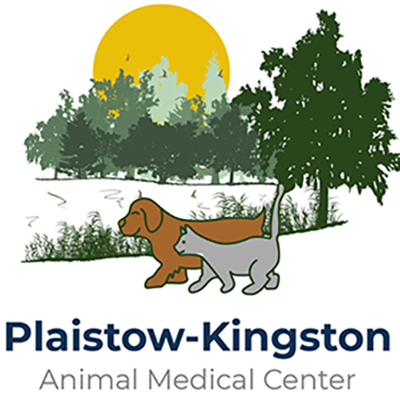Pet Osteochondritis Dissecans in Kingston, NH
Learn more about how osteochondritis dissecans can affect your pets below.
Pet Osteochondritis Dissecans (OCD)
Osteochondritis dissecans (OCD) is an inherited joint disorder in which a loss of blood flow to the bone causes it to die. The bone is then reabsorbed by the body, leaving the articular cartilage it supported prone to damage. The result is the fragmentation of both cartilage and bone and the free movement of these fragments within the joint space, causing pain and further joint damage in the patient. Most dogs will begin showing clinical signs of OCD as young as 4-7 months of age. Lameness tends to become worse with heavy exercise or following extended periods of rest. This condition can affect one limb but often affects both rear legs.
OCD occurs most frequently in large and giant breed dogs, including Labrador and Golden retrievers, Newfoundlands, Bernese Mountain dogs, Chows, German Shepherds, and Rottweilers, but can and does occur in dogs of all breeds and sizes. Male dogs are more likely than females to develop OCD, but as genetics play an important role in the development of OCD, any dog–or any of its relatives–diagnosed with the condition should not be bred.
Diagnosis
OCD is diagnosed through a thorough physical examination, taking into account the patient’s heredity and any family history of the condition. X-rays are often helpful with diagnosis, but arthrography (x-rays with contrast within the joint), a CT scan, or MRI may be indicated in more difficult cases.
Treatment
In most large and giant breed dogs, arthroscopic surgical intervention is the best option for alleviating the pain and lameness associated with OCD. This procedure aims to remove the flap of unhealthy cartilage formed around the joint and prepare the area for healthy fibrocartilage to develop. Depending upon which joints are affected and the overall progression of the condition and health of the patient, recovery can range from a permanent change in gait (limp) to a full return to normal activities.
Post-Operative Recovery
All OCD patients will need to spend a minimum of 1-2 days in the hospital following the procedure. This is so pain and discomfort can be controlled using injectable and transdermal medications and to restrict and monitor movement by the patient during this most critical period of recovery.
Once home, owners should do everything possible to limit their dog’s activity, as strict rest is required for proper healing. Initially, there should be no running, jumping, or playing, as these can all lead to re-injury.
Activity should be increased gradually, with short, slow, leashed walks beginning around the third week of recovery. Observation of the patient is absolutely crucial during this period to gauge the speed of recovery. Some dogs feel ready to run around and play within the first few days; they are not!
Long-term management of OCD includes a calorie-restricted diet to keep the pressure on the affected joints, monitored/controlled exercise, and pain management (NSAIDs) as needed to keep the patient active.
